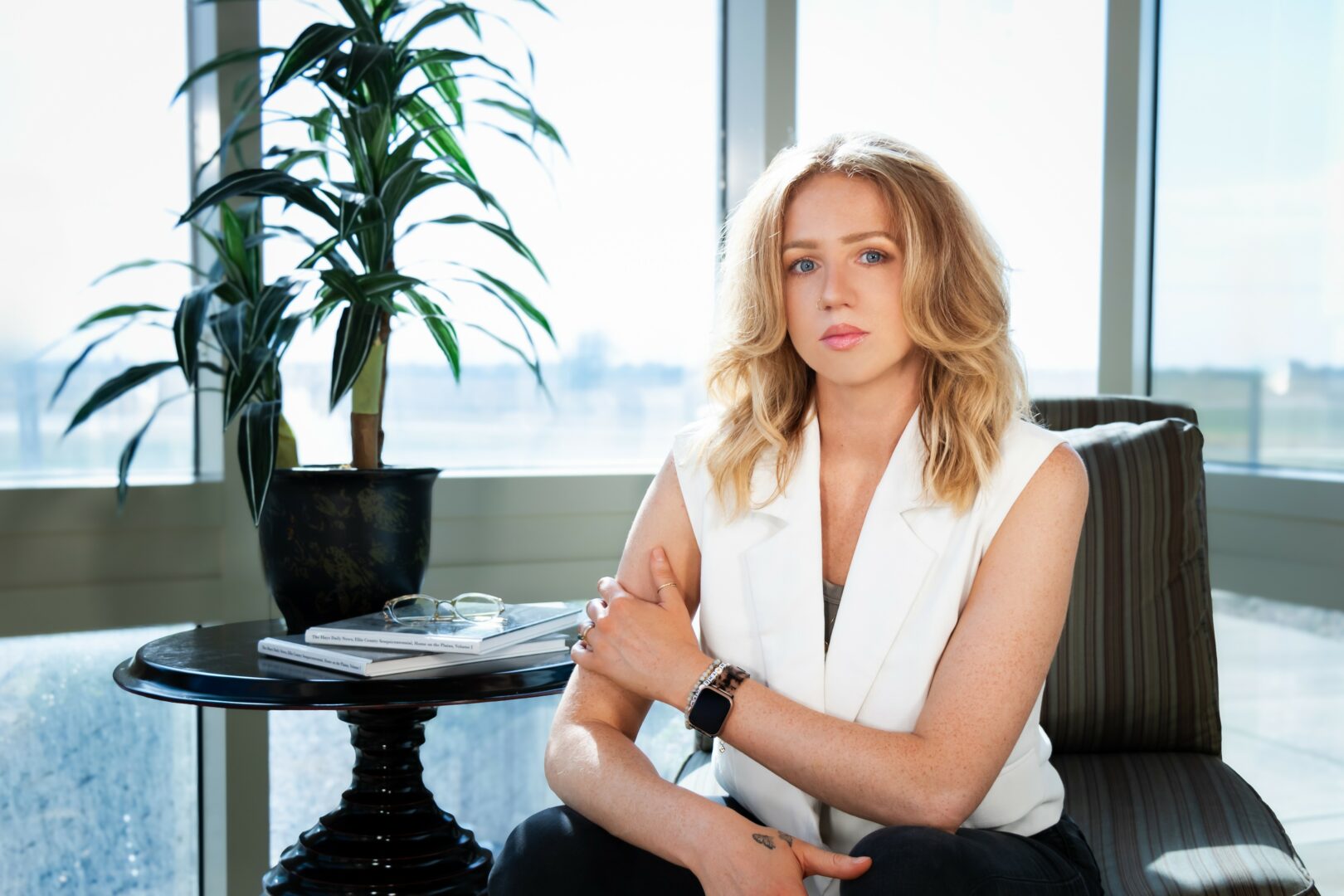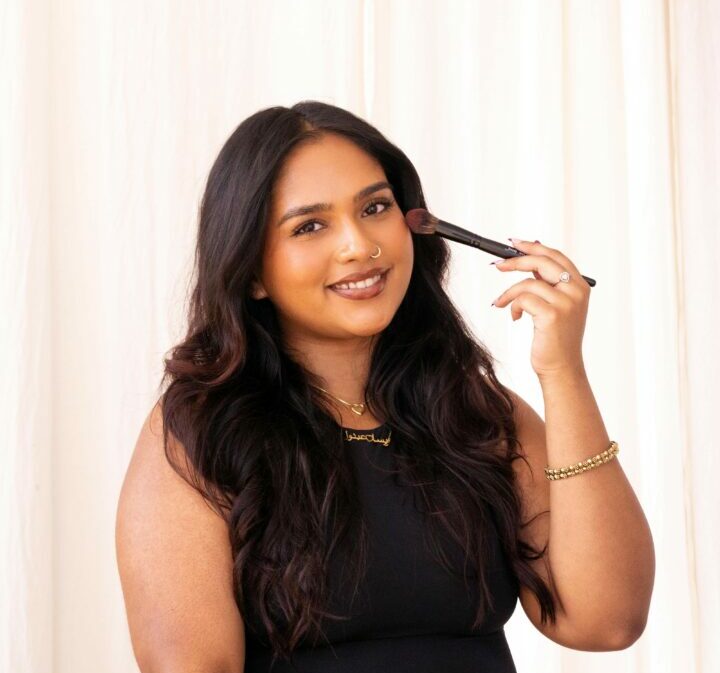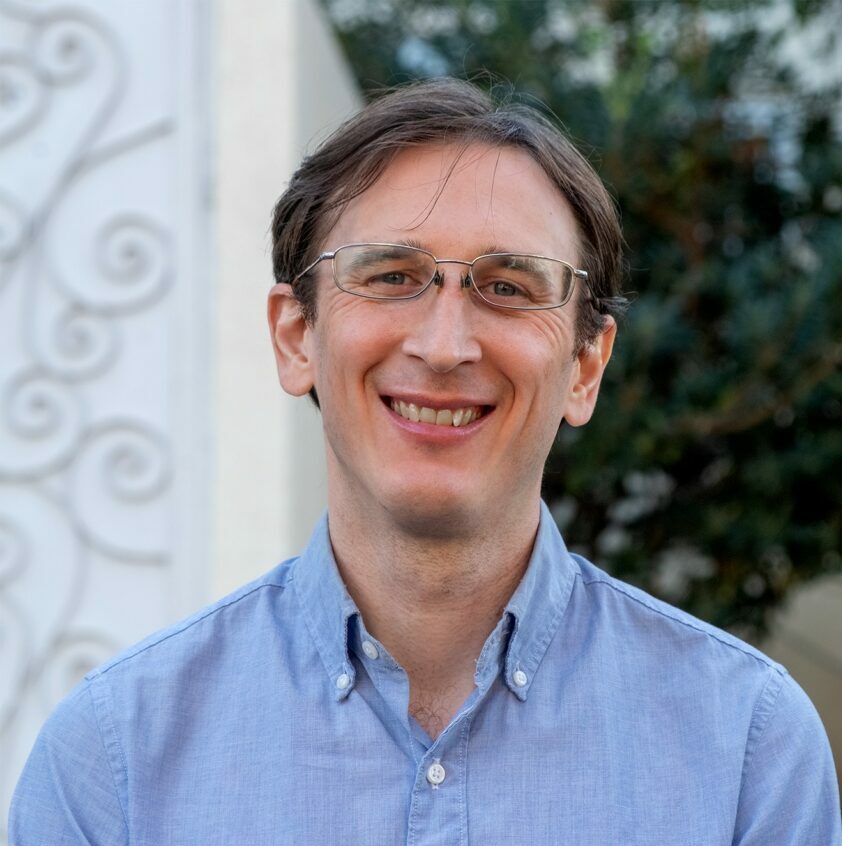We caught up with the brilliant and insightful Stacey Gregory a few weeks ago and have shared our conversation below.
Stacey, thank you so much for taking the time to share your lessons learned with us and we’re sure your wisdom will help many. So, one question that comes up often and that we’re hoping you can shed some light on is keeping creativity alive over long stretches – how do you keep your creativity alive?
I believe that artist should “cross-train” their creativity in different disciplines and media, much like athletes cross-train to fine tune their bodies in ways their own sport may not emphasize. Trying other mediums, taking an improv or dance class, writing poetry; all these can mine areas of your talents that you may not have known existed. This avoids mental blocks, boredom, repetition, and staleness. It also allows you to go back to your work with a fresh eye. Oftentimes you have additional perspectives and enhanced interest.
I am fortunate in that I can apply my abilities across various mediums to create art. Working in different mediums or combining mediums helps to strengthen the concepts behind my art. I’m formally trained as a painter, but taught myself to work in clay and assemblage. I find assemblage to be the most challenging for a variety of reasons. I’m constantly learning new engineering skills, using new tools, and experimenting with unconventional materials. Oftentimes I venture into new territory while wrestling with a work in progress. In the midst of the struggle, flashes of creativity will either illuminate the answer or suggest a course correction that will improve the piece. It is in those moments of the process where I find the excitement and the inexplicable marvel that is the human mind’s creativity.
Failure can be a springboard for creativity. Some of my most successful pieces were born from failure. I had wanted to pay homage to Supreme Court Justice Ruth Bader Ginsburg, whose scathing dissent in the case, “Ledbetter v Goodyear Tire”, circumvented the Court’s decision and paved the way for Congress to enact the “Ledbetter Fair Pay Act” of 2009. I wanted to print her dissent, white on black, and somehow work her dissent collar symbolism onto the printed dissent. No printer wanted to touch my project. It was too big, too tricky, etc. For weeks I talked to printers who turned me down. Then I was driving on the highway, 680N north of Fremont, and traffic had suddenly stopped. I looked over at the Peterbilt in the lane next to me and saw its Goodyear tire at my eye level. And I thought, “Stacey, you idiot! The case is about a tire. Put the dissent collar on a tire.” So I got a used tire from the Goodyear store (it even had a screw in it – perfect!) and proceeded to attach Swarovski crystals on it in the image of Ruth’s dissent collar. I then embedded twenty dollars worth of pennies in the tire’s treads upon which the tire balances. .A mirror becomes the hubcap, encouraging the viewer to question authority.. It is a simple and elegant solution to my original conceptual challenge. And it never would have happened if I hadn’t run into so much rejection. In desperation, my mind conjured a new and better approach. As of this writing, “The Penny Test” is my most exhibited and awarded work. And it was born from failure.
Great, so let’s take a few minutes and cover your story. What should folks know about you and what you do?
I was born and raised a Connecticut Yankee, I received my BA in fine arts and art history from the University of Pennsylvania, After Penn, I attended Pratt Institute, studying Communication Design while working in packaging design for Donald Deskey and Associates in NYC. Tiring of New York, I headed to California where I met my husband and began a life crisscrossing the US while raising two daughters with a 150 lbs Newfoundland in tow. Eventually I landed on California’s Central Coast, a Connecticut Yankee flummoxed by Santa Cruz, I migrated south to my final destination: the breathtaking Monterey Peninsula.
I resumed my artistic career after a long period of juggling the demands of family life and working outside my field of interest. In some ways, picking up a paint brush again was like riding a bike. I had always been a representational painter but I soon found combining imagery was more challenging and fun. Current political and social issues fuel my conceptual work. I reference ancient history, current events, scientific research, and art history to weave together facts, timelines and often a soupçon of humor into my conceptual assemblages. I have exhibited works in San Francisco, Chicago, Sacramento, Oakland, San Diego, Santa Barbara, and West Hollywood. My work is held in private collections in San Francisco, Carmel, Emeryville and the Napa Valley.
I just completed a solo show in Fall 2023 where I sold several pieces, and am currently working on new pieces for a six month invitational show in Sacramento called, “What’s New on Vinyl”. Artists are invited to paint, melt, reshape, cut up and in my case, create moving sculptures out of vinyl record albums.
There is so much advice out there about all the different skills and qualities folks need to develop in order to succeed in today’s highly competitive environment and often it can feel overwhelming. So, if we had to break it down to just the three that matter most, which three skills or qualities would you focus on?
I believe that as an artist, it is necessary to have a thorough background in art history. In an academic setting, you learn to speak and write about art critically and this will aid in explaining your own art to jurors, gallery owners, and clients. In my experience, the artists that can write and speak definitively about their work have a clear advantage in acceptances to shows, grant awards, and sales of their work.
To be curious and flexible are essential qualities of being an artist. Constant experimentation and going down rabbit holes are requirements for producing good conceptual work. When I have an idea and a vision for a piece, I don’t let the construction difficulties stop me from moving forward. I’m confident that I will come up with a solution. In the preliminary sketches and prototypes, I may make changes depending on the characteristics the materials exhibit while working with them. I may not deviate far from the initial vision, but I am always open to change. My father used to say, when he was tinkering at his tool bench, ‘Never use force.’ I find that it’s not only true on a construction level, but on a conceptual level as well. If the two are not melding together, then it’s time to reevaluate and gauge where the concept becomes muddled or lost. I never thought I’d be mentioning my father and Coco Chanel in the same paragraph, but to paraphrase her famous quote, “Before one of my notoriously intricate assemblages leaves the studio, I take one thing off of it.” To be able to edit yourself and sometimes kill your darlings can be difficult but worthwhile in the end.
I have a piece where I painted famous models in art history as pears in a fruit crate. It’s called “Fruit Crate Tango” as a play on the song, “Cell Block Tango”, from the musical “Chicago”. The concept was that these models made their respective artists famous and yet we know virtually nothing about them. Their images are some of the most iconic in art history. I painted each canvas from a reproduction of the master’s work. So the first skill I would mention is to paint and draw from the masters. You learn a lot and your skills improve tremendously. But then, when it came time to turn the image into a pear, I mentally couldn’t bring myself to do it. It meant applying layers of yellow and green washes over my rendition of the master’s work and it felt disrespectful and just plain wrong.. After a few months of staring at the unfinished work, it came time to paint those pears. It hurt, but it was worth it in the end.. This is an example of “killing my darlings” and to know what needs to be done and then to actually do it takes self awareness and bravery.
Do you think it’s better to go all in on our strengths or to try to be more well-rounded by investing effort on improving areas you aren’t as strong in?
Because i don’t specialize in any one type of art, I’m always experimenting and developing skills and experience in mediums with which I’m not familiar. Having many weapons in my artistic arsenal helps me to develop my concepts and present them in unorthodox ways. However, this way of creating a body of work is a double edged sword. Since I don’t specialize in any one particular style, gallery owners have a difficult time promoting my work, making gallery representation difficult to find.. But the advantage for me is that since I am impossible to classify, I can pursue ideas and mediums in any ways that work for the piece. I’m making art for me, not for the market, and this gives me freedom and autonomy.
This creative conundrum demands that I develop certain skills in order to promote and market myself. In setting up my business, I’ve had to organize and keep track of expenses, write about myself and my work, give interviews, look for opportunities to exhibit my work, and find the time to be productive in my studio. With a growing business, I’m at the point where finding the right balance is getting harder. There are days where I am pouring over my business ledgers and schedules, wishing I were back in the studio covered in paint and resin. But to be successful as a full time artist, it is imperative that you build those business skills so that eventually you can negotiate with galleries, oversee your own career, and have the freedom to pursue directions that you want to explore, not what others are telling you to do. At its core, being an artist is about the autonomy to bring your own vision to fruition.
Contact Info:
- Website: skgregoryart.com
- Instagram: @skgregoryart @visionsofmontereycounty
- Facebook: Stacey K. Gregory
- Linkedin: Stacey Gregory
- Other: Etsy Shop; SKGregory Art







![]()
Image Credits
Carmel Fine Art Photography




